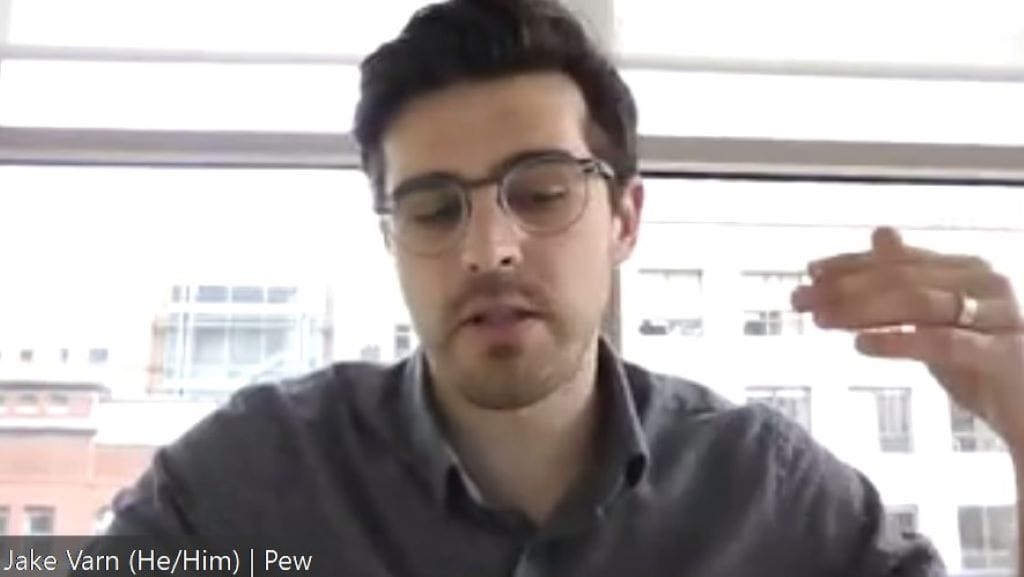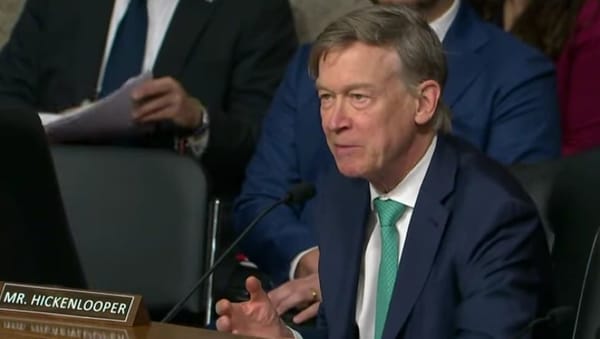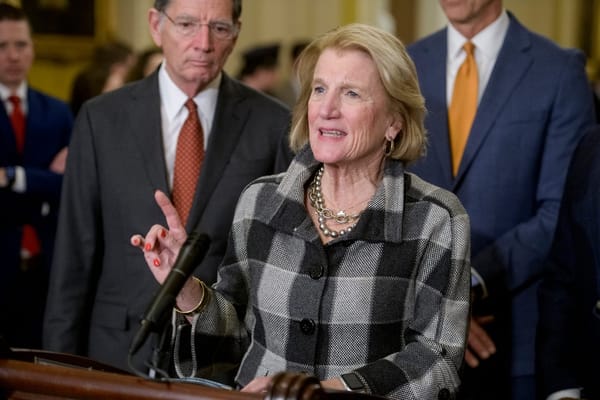FCC Broadband Challenge Data May Be Evaluated Post-Deadline by the Commerce Department
States facing difficulties collecting coverage data may have more time to present challenges.
Teralyn Whipple

WASHINGTON, January 10, 2023 – Challenge data for the Federal Communications Commission’s broadband availability map submitted after the January 13, 2023, deadline may still be evaluated by the National Telecommunications and Information Administration, said experts in a Tuesday webinar hosted by National Broadband Resource Hub.
Those challenges submitted before Friday’s looming deadline will be considered in the version of the map that will guide the Commerce Department’s NTIA in divvying funds from the $42.5 billion Broadband Equity, Access and Deployment program in June.
Join the Broadband Breakfast Live Online event, How to Challenge the FCC’s Broadband Map, on Wednesday, January 11, 2023, at 12 Noon ET.
State and local officials are clamoring to meet the January 13 deadline, but experts indicate that local maps need not be entirely up to date by Friday. Instead, officials should be primarily concerned with the portion of available funds allocated to the state, said Alex Kelley, head of broadband consulting at Center on Rural Innovation. Local-level officials should work to update maps prior to the allocation of funds from the state, he continued.
Next Century Cities representative Ryan Johnston added that it is never too late to collect data to be included in the next iteration of the map. He added that there is a possibility that the Commerce Department’s NTIA will consider data added post-deadline in fund allocations.
Crowdsourcing broadband data
States official attending the event expressed concern in collecting viable challenge data within a short timeframe. The primary data collection method for states previous to the FCC’s challenge process was speed tests, which are not being accepted by the agency, said Jake Varn, principal associate at Pew Charitable Trusts.
Instead, states must turn to bulk crowdsourcing by encouraging residents to submit challenges to the state. Evidence of unsupported claims may include a service provider denying service installation, failing to schedule a repair or installation within 10 days of a request, not appearing for a scheduled service, denying service claims, requesting more than the standard installation fee to connect the location, requiring new and non-standard equipment, or having no wireless or satellite signal available.
Ohio engineered a crowdsourcing program to reach those known unserved locations through mail with information on how to file a challenge via phone number or email, said Varn. Mississippi followed suit by establishing a hot line for unconnected residents to submit their filings.
Kelley suggested that states looking to improve crowdsourcing efforts involve more people and “tap into the grassroot energies already existing” in the community. Connect crowdsourcing to broadband initiatives that already exist, he suggested, make a culture and movement around broadband access rather than a one-time initiative.









Member discussion